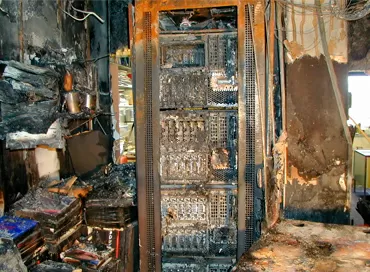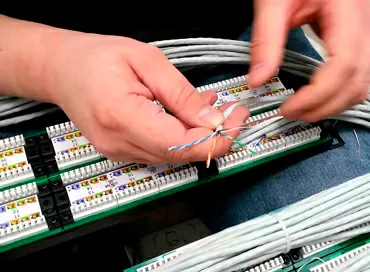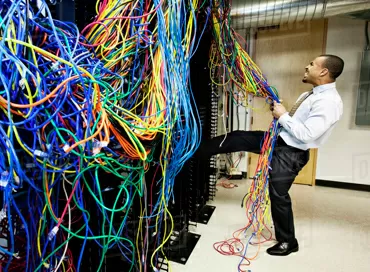CPU supplier diversification: how to replace Intel in the face of political instability
I bet that most of our readers have never heard of such a term as "CPU supplier persification", and yet, it does not matter whether you see a gopher or not, but it is important that it is there, which means you need to know about it before the "thunder".
I think you all know about the trade war between the United States and China, and you certainly know about the sanctions war, in which a country is prohibited from supplying certain equipment. To put it in very simple terms, today all commercial and state-owned companies are sitting quietly on Intel, and they are not going to move anywhere, because this has been the case since time immemorial, and "they don't change horses at the ferry". It would seem that Intel's positions are unshakable, and they can only be shaken by something as strong as another round of sanctions or a war (technological, trade, nuclear - it doesn't matter). The important thing is that one day someone will forbid you to supply Intel processors with a stroke of a pen, and the blue giant will be forced to withdraw from the market of a country or even a continent.
What can be disabled?
A. Techsupport
Any server or storage system is not only a pile of hardware plus a disk with software, but also technical support. At least, it's the person on the other end of the wire that is considering your application for service and sends you the answer, but how high is the availability of spare parts in stock and team of professionals ready to come to your data center to solve the problem on the spot. This service is necessary, first of all, so that the company's IT Department can shift responsibility to the equipment manufacturer. In an effort to cover your bottom line, no one will use hardware and software that does not have technical support. And do I need to explain that the most expensive storage system, the most powerful server, without a "person on the other end of the wire" will turn into a toxic asset that urgently needs to be decommissioned?
B. Assistance in the development
Major manufacturers of processors, software, and other hardware are usually in close contact with solution developers. For example, Intel at one time actively developed the HPC direction in Russia, organized competence centers, and if you, for example, created an algorithm for predicting the weather on Intel Xeon processors, and you had questions about its operation on these very CPUs, you could contact Intel. You might not have been sent a new compiler, but there is feedback, and I know this from some institutions.
Without this connection, you will not be able to "write for Intel", and this is why today no one "writes for AMD": they write "for Intel with AMD support", but as far as I know, no one is engaged in direct coding for EPYC or Ryzen processors precisely because of the lack of such "competence centers".
B. Direct supply
Server suppliers in Crimea have already faced the fact that not everything and not always can be brought there, and although you can't hide an awl in a bag, a full-fledged ban on the supply of certain technologies can lead to the fact that you simply can't scale your existing cluster.
In пeneral, there has always been a ban on the supply of high-tech equipment to one degree or another: at one time they talked about interfaces for HPC, then about cooling systems for supercomputers… But so far, it is difficult to even imagine what will result in a ban on the supply of at least one family of Xeon processors.
С. Software libraries
we have not yet properly encountered the possibility of restricting access to Open-Source software. The company that develops the library can easily prohibit its use in certain countries, and although there will be no physical problems downloading this or that software, legal problems will entail the inability to supply completely industry-specific solutions. And if then, in 2014, when I was just thinking about switching to Linux, the IT world was more "iron", today, with all IoT, 5G, Edge, Agile and AI, it is exclusively "the world of software".

С. Access to production facilities
For local processor manufacturers, the ability to order production from Taiwanese factories will be disabled.
The list goes on and on, and you'll never guess who will disable what. Another question is what to do?
Step 1-switch to free software
Today, fortunately, everyone already understands that there is no place left for Microsoft in the world of corporate software, and in 2019-2020 there is no reason to use Windows Server - we have Linux, which can be compiled for any processor architecture, be it x86, ARM, AMD64 or Raspberri Pi. There are quite successful commercial Linux distributions with a good level of technical support. Therefore, the first thing to do in the framework of CPU persification is to firmly say " No " to the products of companies such as Microsoft, VMware, Oracle and switch to free software. Similarly, you should move away from network security hardware in favor of software.
You should start by defining the software architecture: do you use 32-bit or 64-bit applications? Under what architecture they are written, because for example, IBM Power systems have RISC architecture, and Intel Xeon - CISC. At the application level, keep in mind the differences in API and console commands between the old and new versions.
You need to understand which administration tool will be installed on the new servers, because AIX systems use tools such as SMIT, and Linux can be managed via Webmin, YaST, or other packages. Actually, in order to get a hand in managing new systems, a smooth persification of the data Center is performed.
Step 2 - start reserving our data center
In the infrastructure of any company, only about 30% of virtual machines can be classified as "combat", which run vital services that are sensitive to latency and performance. Among the remaining 70% - test, debugging, auxiliary and "do not understand whose", you can find out the purpose of which only when you turn off the VM. From what Department will resort to swear-those and a virtual machine.
It is quite clear that you will have to work with these 70% of machines that will be smoothly brought to the backup part of the data Center.
The beauty of the modern approach to a free software data Center is that different architectures can work simultaneously within the same business process. You can use new x86 servers in the same environment as old IBM Power machines, connect software and hardware storage to the same network, run tests, and distribute the load.
Step 3-select processors for backup
The first thing you need to understand once again: as part of persification, we should not ask ourselves who will turn off the switch in the first place, and who in the second, and what is the probability of this event. We consider all events equally probable, and we will return to this question a little further in the text, but for now let's make a hit parade of systems that will happily displace Xeon from your budget.
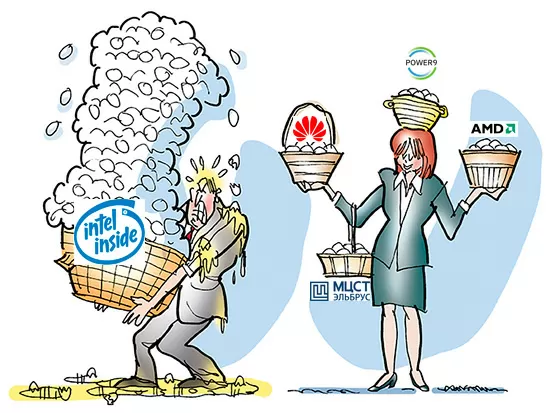
Actually, if you look seriously, that is the only real alternative to Intel, and what is nice - in no way inferior performance of the same or higher security higher, price is lower and the number of cores on a socket anymore, so where was Intel 2-socket server with AMD you can get 1 socket, saving on licenses.
B. Intel and AMD Desktop processors as an option to "hack the system / circumvent evil sanctions". Today, manufacturers of server boards and systems such as Tyan, Asrock Rack and Supermicro offer you to install a desktop processor in the server. For example, AMD ThreadRipper has the same processor socket as EPYC, but only works on motherboards with a chipset, while its server brother is a full SoC. Still, these CPUs offer up to 32 cores and 128 MB of L3 cache-at the level of a good server CPU.
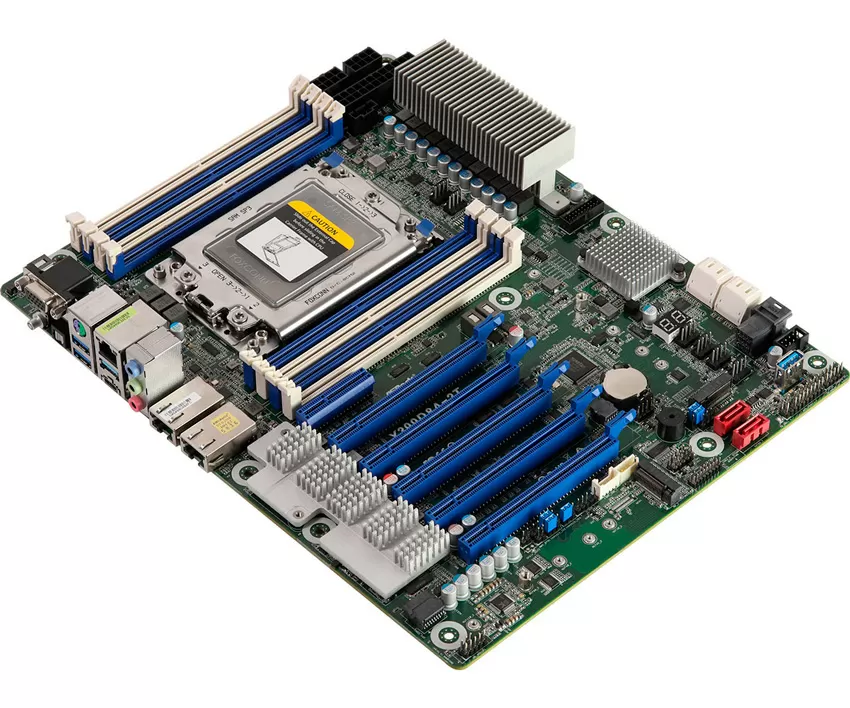
B. Huawei Kunpeng (920). Welcome to the world of ARM architectures, which became cramped on our smartphones, and he went to conquer the server racks. The processor, created from scratch by Chinese developers, is awarded 930 points according to SPECint tests. The manufacturer recommends using Huawei Taishan servers for cloud services.
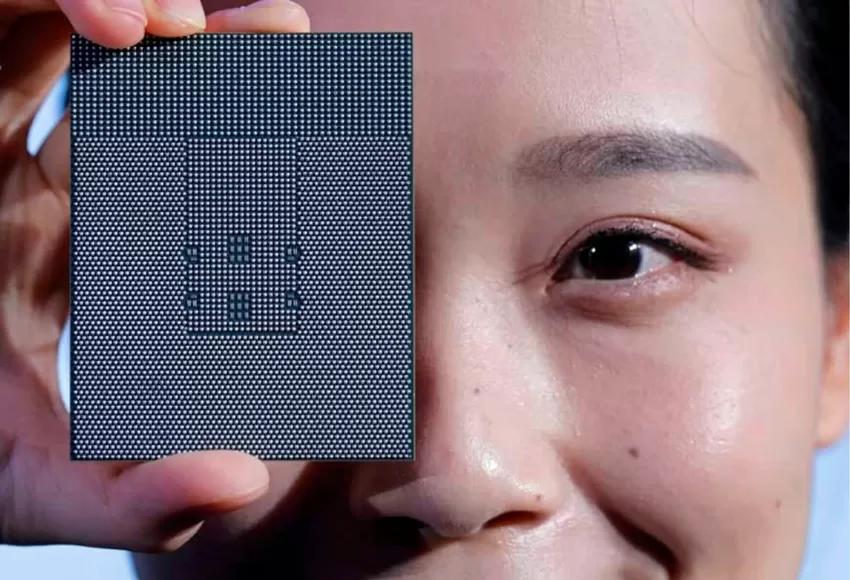
Today, Kunpeng processors are supported by ARM versions of Linux distributions, but are not supported by either VMware or Microsoft products.
C. MCST Elbrus ... today, this Russian processor is supported by only a few Debian-based Russian Linux distributions, including AstraLinux and the developers ' own version, MCST Linux. Given the information about the performance of Elbrus, we can say that now these processors can be assigned a niche of network gateways or data processing of IoT devices.
D. IBM Power8 / 9-architecture with the strongest Vendor Lock of all that the IT industry has created. I can't see the Power architecture as a means to persify, rather it is an object that needs to be persified to reduce risks. However, popular Linux distributions such as Red Hat Enterprise Linux 7.2/8.0 for POWER8 and Ubuntu versions 4.04.5 / 16.04 / 18.04 are supported on Power8 processors (8247 series).
I don't want to include SPARC processors in our hit parade, because from my point of view, the patient is more likely to be dead than alive. Oracle, after buying Sun, the developer of Solaris operating systems for the SPARC architecture, laid off most of its employees, and everything about SPARC today looks extremely unpromising. Yes, some database-type tasks are definitely well solved on SPARC servers, but at the same time they are parallelized and transferred to the x86 or ARM architecture.
|
Support for operating systems with different processors
| |||||||
|
|
Intel Xeon
|
AMD EPYC 7000
| Intel Core iX | AMD Thread ripper | Huawei Kunpeng 920 | МЦСТ Эльбрус
| IBM Power 9 |
|
Windows Server 2016
|
Yes
|
Yes
|
Yes |
Yes |
No |
No |
No |
|
Windows Server 2019
|
Yes
|
Yes
|
Yes |
Yes |
No |
No |
No |
|
Red Hat Enterprise Linux 8
|
Yes
|
Yes
|
No
|
No
|
Yes |
No |
Version 7.5 and above
|
|
Ubuntu Linux
|
Yes
|
Yes
|
Yes |
Yes |
Yes |
No |
Version 18.04 and above
|
|
FreeBSD 12
|
Yes
|
Yes
|
Yes |
No |
No |
No |
No |
Perhaps this is the end of the processors. As you can see, the modern infrastructure of the enterprise is not "one", and it will be possible to find a replacement.
Recommendations for IT specialists
Approximately 5-6 months after your data Center will have a cluster assembled on Kunpeng, EPYC or ... MCST Elbrus, your staff will be ready to work with this equipment, and we can say that they will be trained to act in the event of severe sanctions. For a large company, it is enough to allocate 10% of its IT budget for persification in order to train its own specialists and, if necessary, be able to safely refuse to purchase it-sanctioned products.
And no matter how absurd all of the above may look, in modern realities, you should have a recovery plan in case of another aggravation of the political situation. And wherever you have 1 supplier, binding to a vendor, or proprietary software - you have" thin", and it will definitely break. It will be especially offensive if at the same time your competitors, after reading our article, prepare in advance and easily endure the "aggravation".
Michael Degtjarev (aka LIKE OFF)
29/11.2019










